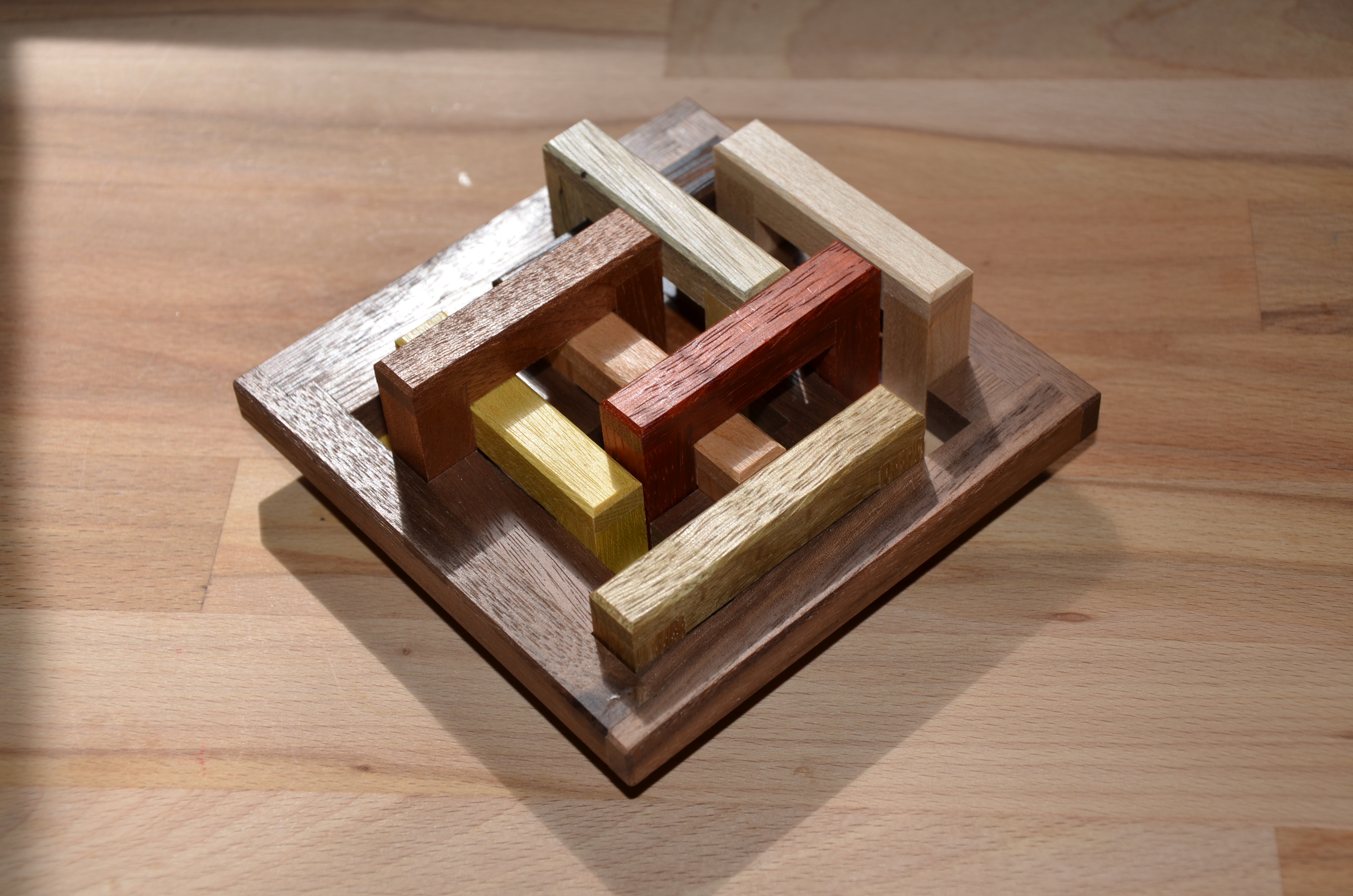March 2019
-
Read More: Notes – Tamas VanyoThis week, I’m working with Notes, designed by Tamas Vanyo and created by Eric Fuller…
-
Read More: Casino – Dr. Volker LatussekLast Friday, I received a shipment from Cubicdissection.com with 6 different puzzles including Casino, Split…
-
Read More: Wave Puzzle 7 – Yuu AsakaI am super excited for this one! I’ve been eyeing these acrylic puzzles designed by…
-
Read More: ARACNA – Alfons EyckmansOk, Today I have ARACNA by Alfons Eyckmans. The name makes sense considering what is…



